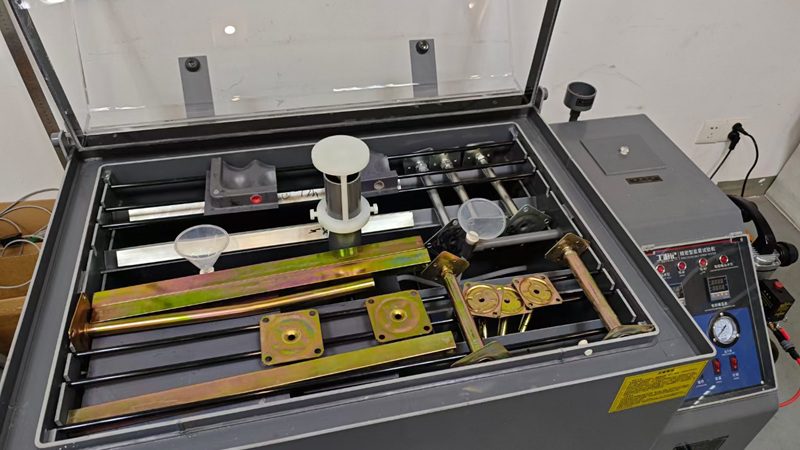HPL (High Pressure Laminate) flooring has emerged as a popular choice for residential and commercial spaces due to its durability, versatility, and low maintenance requirements. In this HPL flooring guide, we will go over the intricacies of High Pressure Laminate flooring, exploring its features, applications, pricing, installation process, and how it differs from HDF (High Density Fiberboard) flooring.
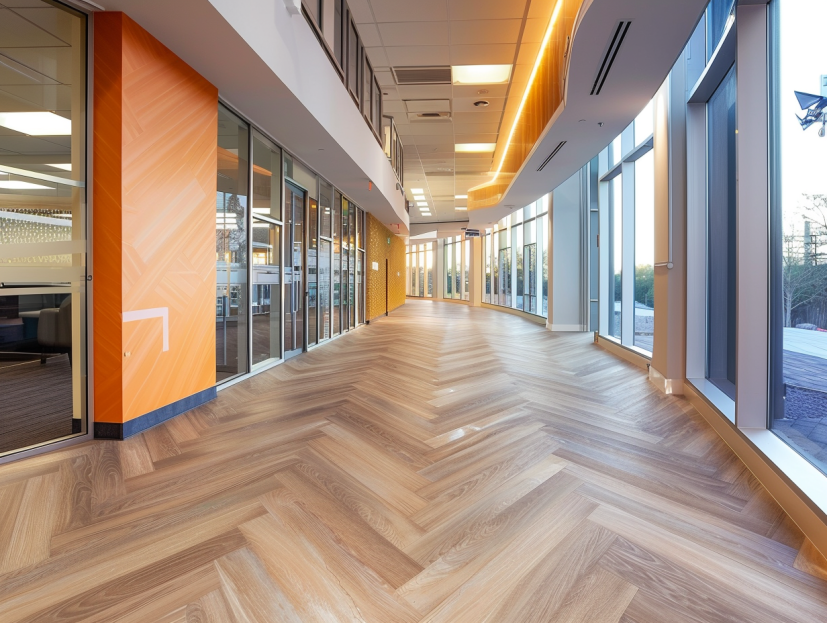
What is HPL Flooring?
HPL flooring aka High Pressure Laminate is a engineered flooring product composed of multiple layers of kraft paper impregnated with melamine or phenolic resins, fused together under high pressure and heat. The result is a highly durable and moisture-resistant surface that can mimic the appearance of wood, stone, or other materials.
HPL Flooring Features (Pros and Cons): Why To Choose?
Here are the main features of High Pressure Laminate flooring, covering advantages and disadvantages:
Advantages:
- Scratch and Impact Resistance: HPL flooring’s protective layer provides excellent resistance to scratches and impacts, making it last longer than many other materials.
- Resistance to Infiltration: The structure of HPL flooring doesn’t allow water or other liquids to penetrate, making it highly hermetic.
- Hygienic Properties: The sealed surface of HPL flooring makes it hard for bacteria to proliferate, making it a very hygienic choice.
- Light Stability: HPL flooring is resistant to UV rays, ensuring that the color remains uniform over time.
- Stain Resistance: The surface’s resin impregnation makes HPL flooring highly resistant to stains.
- Anti-static: The anti-static properties of HPL flooring make it attractive for environments where dust and allergens are a concern.
- Easy to Clean: The combination of stain resistance and anti-static properties makes HPL flooring very easy to maintain.
- Aesthetic Flexibility: HPL flooring can replicate the look of wood, stone, and other natural materials, offering a wide range of aesthetic options.
- Cost-effectiveness: HPL flooring offers a great quality to price ratio, often being more economical than natural alternatives.
- Sustainability: When produced by reputable companies, HPL flooring can be an environmentally friendly option.
Disadvantages:
- Limited realistic texture and visuals compared to natural materials
- Can be slippery when wet
- Relatively thicker than other flooring options
Potential for delamination if not installed correctly
HPL Flooring Applications: Where To Use?
- High-traffic commercial spaces (offices, retail stores, airports, expo centers)
- Residential areas (living rooms, kitchens, bedrooms)
- Educational and Healthcare Facilities (Schools, hospitals)
- Data centers and service corridors
- Closets and storage areas
HPL Flooring Prices: How Much Cost?
The cost of HPL flooring can vary depending on factors such as brand, quality, thickness, and design. Generally, it is more affordable than hardwood or natural stone flooring but more expensive than laminate or vinyl flooring. Expect to pay between $3 to $8 per square foot for mid-range HPL flooring.
HPL Flooring Installation: How To Lay?
HPL flooring installation is a straightforward process:
Installing a High Pressure Laminate (HPL) floor requires careful planning and attention to detail. Here are the general steps to install a High Pressure Laminate floor:
Step 1 – Prepare the Subfloor:
- Ensure that the subfloor is clean, dry, and level. Remove any existing flooring and repair any damaged areas.
- If necessary, install a moisture barrier or underlayment to protect the HPL floor from moisture and provide additional cushioning.
Step 2 – Acclimate the HPL Flooring:
- Allow the HPL flooring to acclimate to the room’s temperature and humidity for at least 48 hours. This helps prevent expansion or contraction after installation.
Step 3 – Measure and Plan:
- Measure the room’s dimensions and calculate the amount of HPL flooring needed, accounting for any cuts or waste.
- Plan the layout of the flooring, considering the direction of the planks and any transitions between rooms or different flooring materials.
Step 4 – Install the Underlayment (if applicable):
- If using an underlayment, follow the manufacturer’s instructions to install it over the subfloor. This can provide additional sound insulation and moisture protection.
Step 5 – Install the HPL Flooring:
- Start in one corner of the room and lay the first row of HPL planks, ensuring they are snug against the wall.
- Use spacers to maintain a consistent expansion gap around the perimeter of the room, typically around 1/4 inch.
- Install subsequent rows by connecting the tongue and groove edges of the planks, using a tapping block and mallet to ensure a tight fit.
- Stagger the end joints of the planks in each row to create a more visually appealing and stable floor.
- Trim the last row of planks to fit, leaving the appropriate expansion gap.
- Use a pull bar or tapping block to ensure the planks are securely locked together.
Step 6 – Finishing Touches:
- Install any necessary transition pieces, such as thresholds or reducers, to create a smooth transition between the HPL floor and other flooring types.
- Install baseboards or quarter-round molding to cover the expansion gap around the perimeter of the room.
Step 7 – Clean and Maintain:
- Once the HPL floor is installed, clean it thoroughly to remove any dust or debris.
- Follow the manufacturer’s guidelines for regular cleaning and maintenance to keep the HPL floor looking its best.
HPL Flooring vs. HDF Flooring, Which One Is Better?
While both HPL and HDF flooring are engineered products, there are several key differences:
- Construction: HPL flooring includes additional kraft paper layers treated with phenolic resins, while HDF flooring is made from compressed wood fibers.
- Durability: HPL flooring is more durable and better suited for high-traffic areas, while HDF flooring is suitable for residential use with low to moderate foot traffic.
- Thickness: HPL flooring is typically thicker, providing better sound reduction properties.
- Appearance: HDF flooring often has a smoother surface and offers a wider range of design options, while HPL flooring may have a rougher surface more suitable for commercial settings.
- Cost: HDF flooring is generally more affordable compared to HPL flooring.
HPL flooring is a versatile and durable option that offers exceptional performance and a wide range of design choices. With proper installation and maintenance, it can provide a long-lasting and attractive solution for both residential and commercial spaces. When considering HPL flooring, it is essential to weigh the pros and cons, compare it with alternatives like HDF flooring, and choose the option that best suits your specific needs and preferences.
Huiya Real-Time News
Huiya Real-Time News is dedicated to providing you with the latest and most authoritative information on the raised flooring industry.
We provide 24/7 updates on industry policy interpretations, market trend analysis, company news.
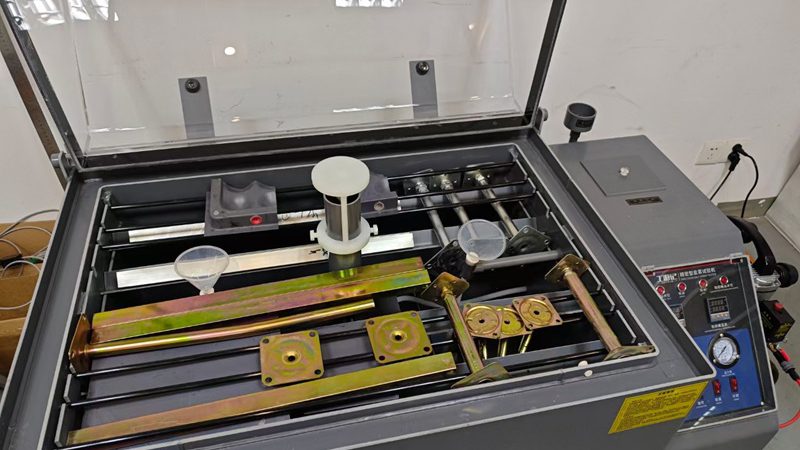
匯亜、新たに塩霧試験装置を導入 OAフロアの品質防線を強化
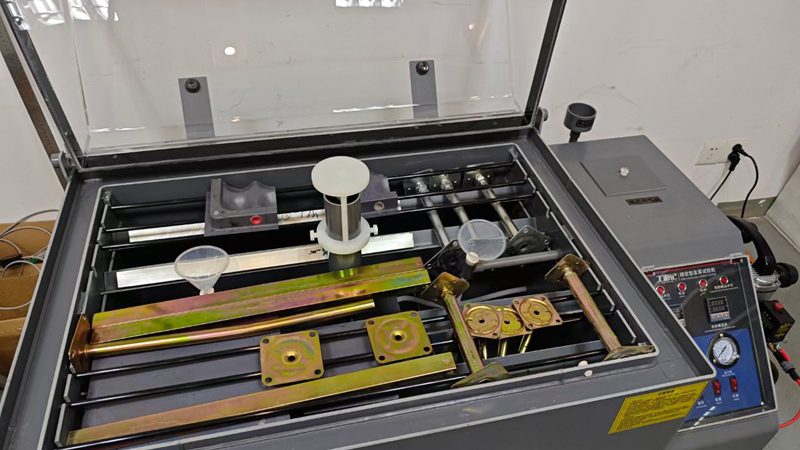
회아, 새 염무시험장비 도입해 이중바닥재 품질 방호선 단단히 만듦
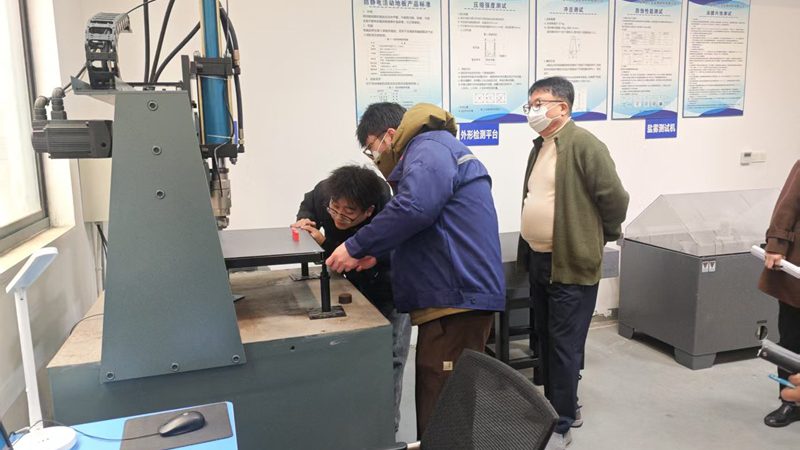
창주 회아 이중바닥재 회사, 한국 KSA 인증 획득하며 이중바닥재 공식 한국 수출 시작
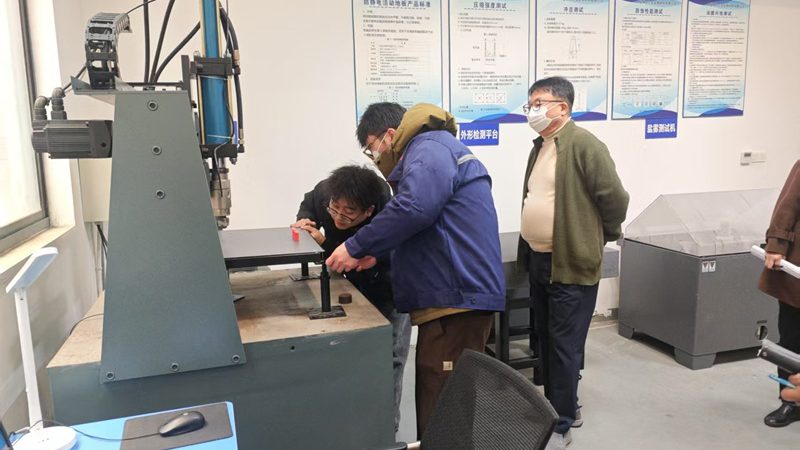
常州汇亜OAフロア社、韓国KSA認証取得、OAフロアが正式に韓国に輸出サブタイトル
MORE DOWNLOADS

GENERAL CATALOGUE
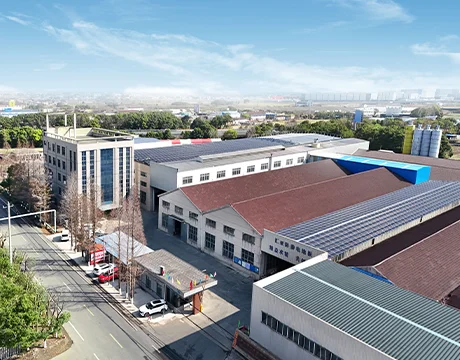
HUIYA INTRODUCTION

HUIYA GREEN LABEL
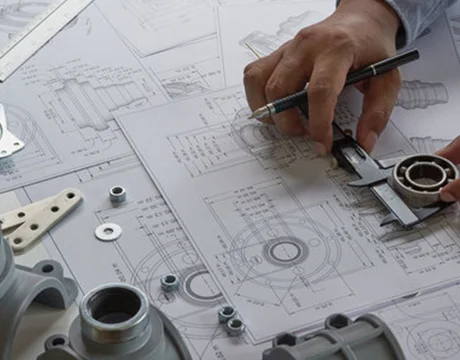
CAD/BIM FULL STEEL
APPLICATION SCENARIOS







